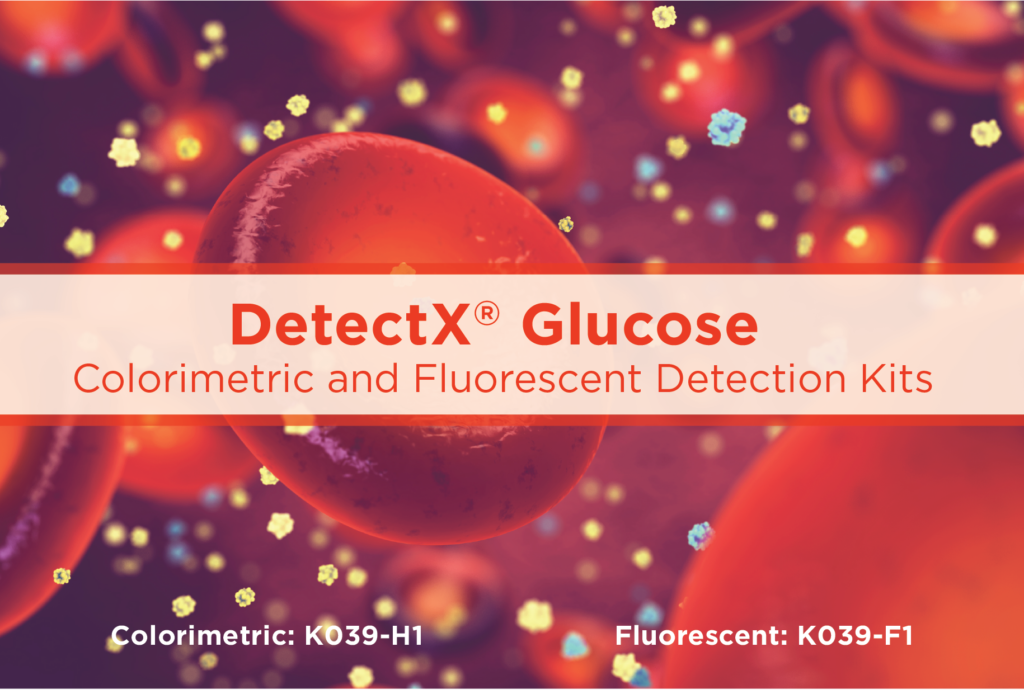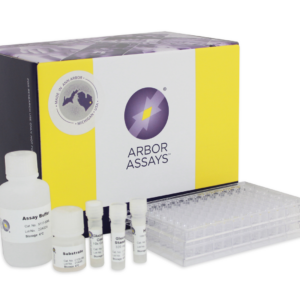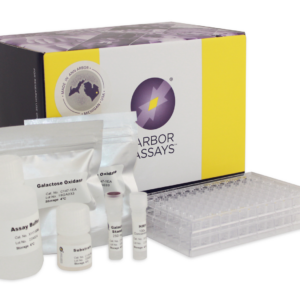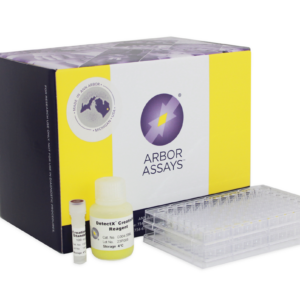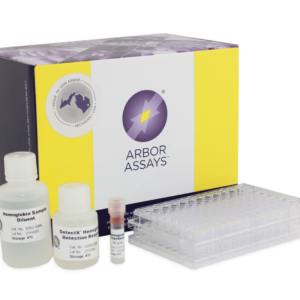Glucose Detection Kits for Your Research
Rapid & Convenient Glucose Measurement
WHY STUDY GLUCOSE?
Glucose (C6H12O6) is by far the most common carbohydrate. For all biological and molecular events and for multiple cellular functions, energy is essential and is available in the form of ATP (adenosine triphosphate), most of which is generated through aerobic cellular respiration of carbohydrates and glucose.
Impaired energy metabolism may trigger pro-apoptotic signaling (programmed cell death), oxidative damage, excitotoxicity, and impede mitochondrial DNA repair1. Additionally, a serious fall in blood glucose can be characterized by metabolic dysfunction, neuroglycopenia, seizure, and death2. A persistent elevation in blood glucose leads to “glucose toxicity,” which contributes to ß-cell dysfunction, and grouped together are complications of diabetes.
ABOUT OUR DetectX® GLUCOSE COLORIMETRIC (K039-H) AND FLUORESCENT (K039-F) DETECTION KITS:
- Measure glucose concentration in just 30 minutes
- Use in a variety of sample types such as urine, serum, plasma, buffer and tissue culture media
- Measure up to 88 samples in duplicate
- Includes 4°C stable liquid reagents
- Measure glucose in as little as 1µL of serum or plasma
- Cited in a variety of journals across several sample types
Sources:
- Klein, A. & Ferrante, R. (2007). The neuroprotective role of creatine. In Creatine and Creatine Kinase in Health and Disease, vol 46 (Eds. Salomons, G.S. & Wyss, M.). Springer: Berlin, Germany.
- Wasserman, D. H. (2009). Four grams of glucose. American Journal of Physiology – Endocrinology and Metabolism, E11-E21.
Featured Products
-
In Stock
Glucose Colorimetric Detection Kit
$425.00The DetectX® Glucose Colorimetric Detection Kit quantitatively measures glucose in a variety of samples.
-
Limited Availability
Glucose Fluorescent Detection Kit
$425.00The DetectX® Glucose Colorimetric Detection Kit is designed to quantitatively measure glucose in a variety of samples.
